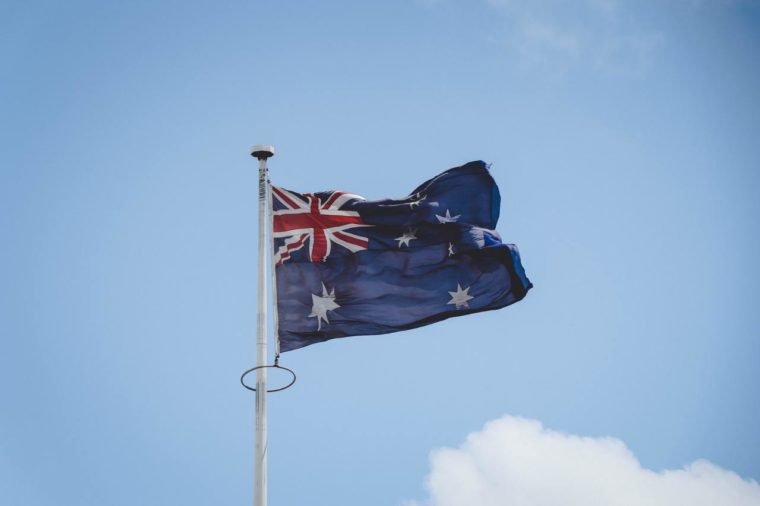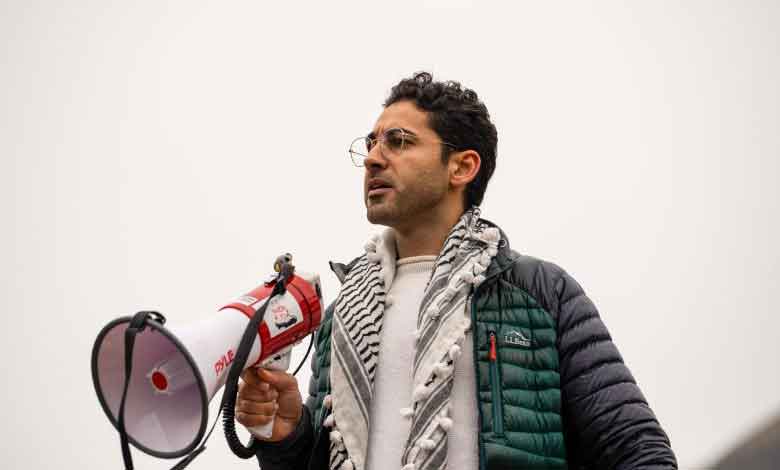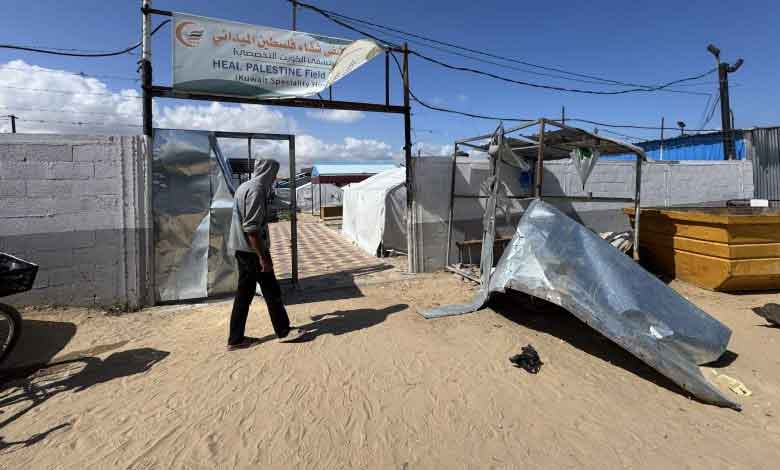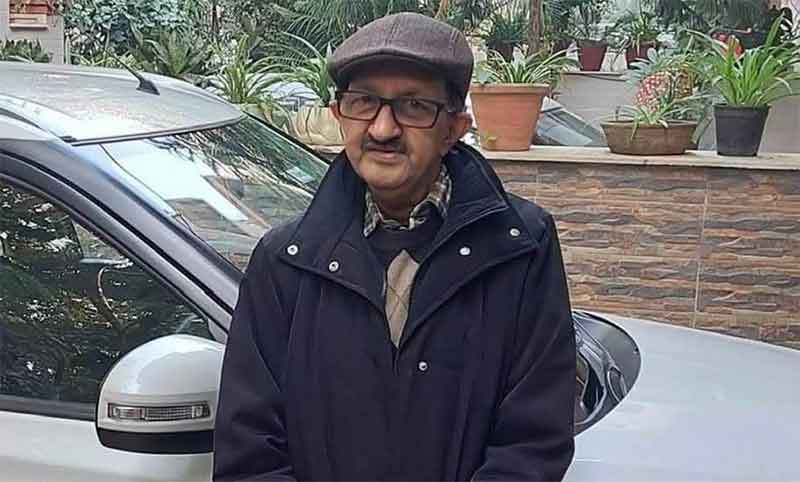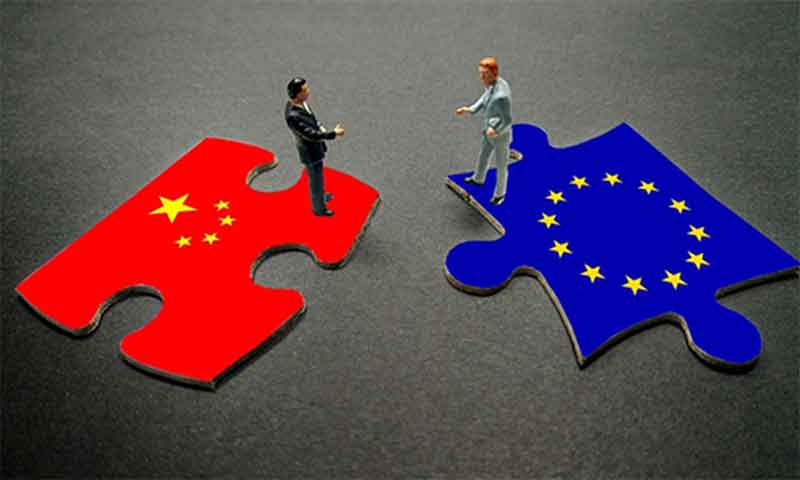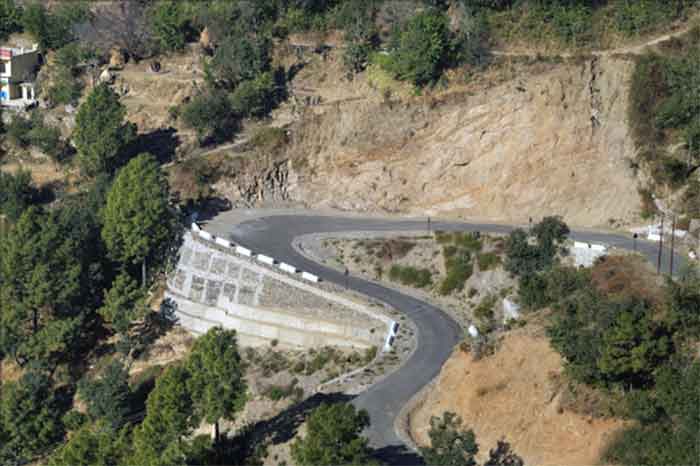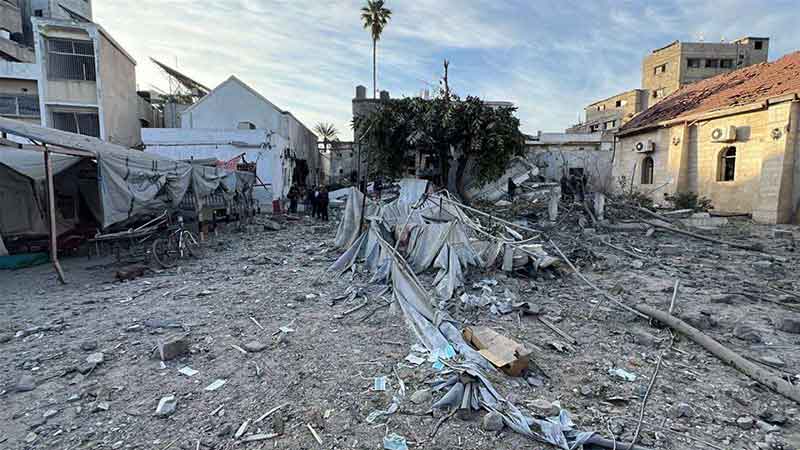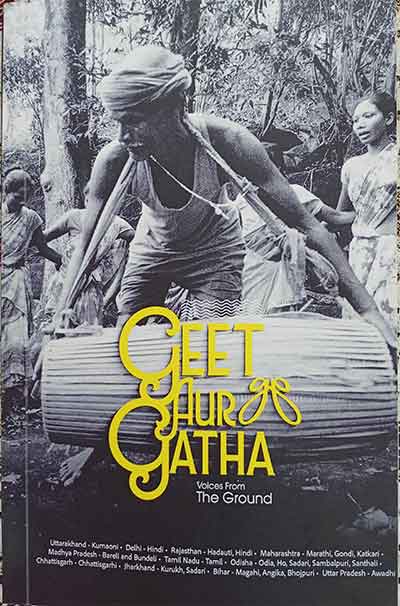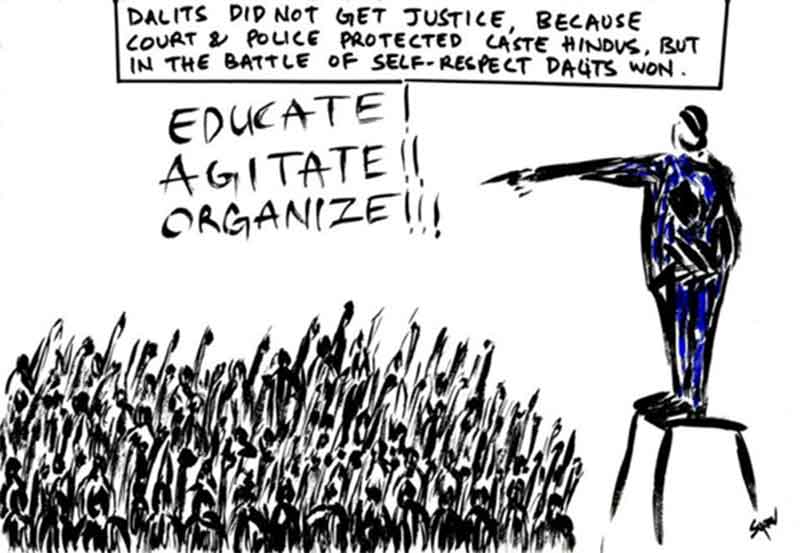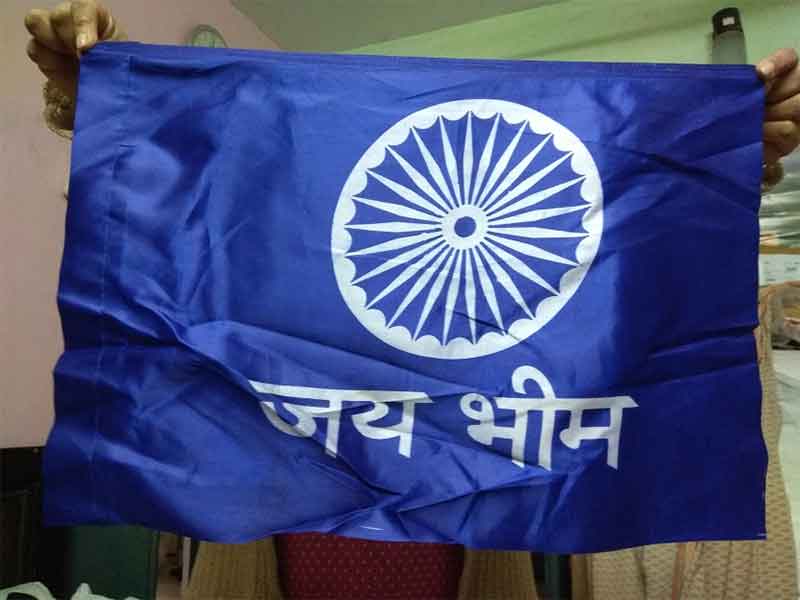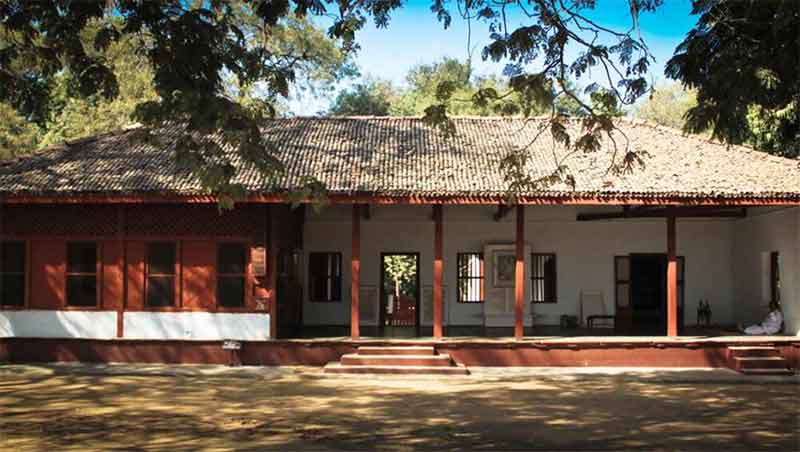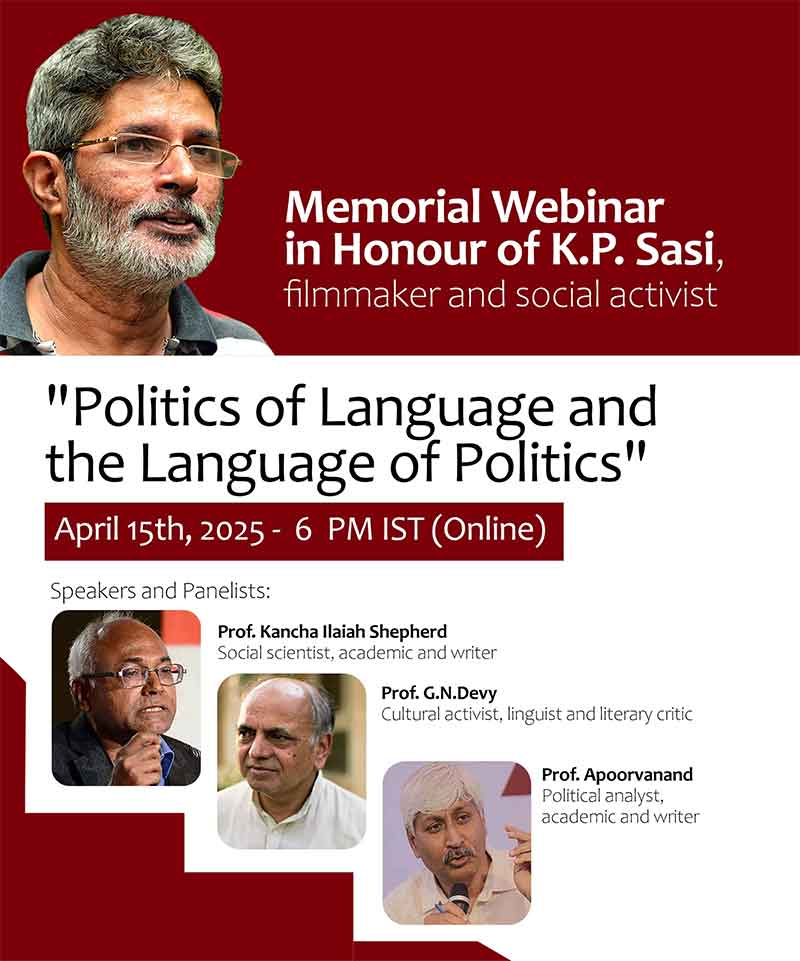
Many treaties and agreements in international relations are the natural outcome of conflicts and wars between two or more players. In India-Pakistan relations too, the two major agreements signed between them, the Tashkent Declaration (1966) and the Shimla Pact (1972) were the follow-up of negotiations started in the wake of the 1965 and 1971 wars. But the Lahore Declaration, signed between Prime Minister of India, Atal Behari Vajpayee, and Prime Minister of Pakistan, Nawaz Sharif, on 21 February 1999 was followed by reports of Pakistani intrusion into Kashmir and a prolonged war with India in the months of May, June and July 1999. What makes the Lahore Declaration quite significant at that time was a host developments emerging from 1998—the Pokhran and Chagai nuclear tests and the sanctions imposed by the Western powers.
It was often stated that one of the supreme accomplishments of Vajpayee was his commitment to keep open channels of conversations with Pakistan and encourage friendly relations. His launching of Delhi-Lahore bus service and the signing of Lahore Declaration were seen as great successes in that sense. Even Nawaz Sharif was reported to have said that Vajpayee could “now win elections even in Pakistan” (Ray 2018). No doubt, Vajpayee’s ‘bus diplomacy’ found an important place in India-Pakistan ‘people-to-people’ contacts. Eminent people like Kuldeep Nayar, Mallika Sarabhai, Dev Anand, Javed Akhtar and others had accompanied Vajpayee.
The Lahore Declaration was, in many ways, a commitment to help revive and strengthen the spirit of Shimla Accord, which, for many years, had not worked in the expected direction. The Lahore Declaration acknowledged that “the nuclear dimension of the security environment of the two countries adds to their responsibility for avoidance of conflict between the two countries.” The Declaration recognised that “confidence building measures for improving the security environment” is very important. Most importantly, the two countries agreed to “intensify their efforts to resolve all issues, including the issue of Jammu and Kashmir” and “refrain from intervention and interference in each other’s internal affairs.” There was also a commitment to “take immediate steps for reducing the risk of accidental or unauthorised use of nuclear weapons and discuss concepts and doctrines with a view to elaborating measures for confidence building in the nuclear and conventional fields, aimed at prevention of conflict.” It is also to be noted that both countries reaffirmed “their condemnation of terrorism in all its forms and manifestations and their determination to combat this menace”(India, Ministry of External Affairs 1999).
Following the directive given by the two Prime Ministers, the Foreign Secretaries of Pakistan and India also signed a Memorandum of Understanding on 21st February 1999, identifying measures aimed at promoting an environment of peace and security between the two countries.
As per this MoU, both had agreed to “engage in bilateral consultations on security concepts, and nuclear doctrines, with a view to developing measures for confidence building in the nuclear and conventional fields, aimed at avoidance of conflict.” The two sides also had undertaken “to provide each other with advance notification in respect of ballistic missile flight tests, and shall conclude a bilateral agreement in this regard.” Besides, the two sides agreed to “continue to abide by their respective unilateral moratorium on conducting further nuclear test explosions unless either side, in exercise of its national sovereignty decides that extraordinary events have jeopardised its supreme interests.”
A few weeks after the signing of the Declaration, there were reports about Pakistani intrusion into Kashmir, which eventually became a war between India and Pakistan from May 1999 onwards (Seethi 1999). There were even calls for the use of nuclear weapons in both countries. The CIA had warned that during the 1999 Kargil war, when the Pakistan military army was suffering major setbacks, the Nawaz Sharif government was planning to deploy and use its nuclear weapons against India. The CIA’s assessment was part of its classified briefing for the President in July 1999. Bruce Riedel, who had worked in the National Security Council of the White House, was reported to have said that “The morning of the Fourth (of July, 1999), the CIA wrote in its top-secret Daily Brief that Pakistan was preparing its nuclear weapons for deployment and possible use. The intelligence was very compelling. The mood in the Oval Office was grim” (The Economic Times 2018). Later, there were reports about a “confirmation of truth” by Pakistan Prime Minister Nawaz Sharif that the Kargil “misadventure” in 1999 by troops of his country was a stab in the back for the then Prime Minister Atal Bihari Vajpayee as the two neighbours were engaged in a peace process” (First Post 2016). Obviously, Nawaz Sharif was pointing to the role of army in derailing the peace process. The military takeover under Gen. Pervez Musharraf, in the wake of the Kargil war, had upset Nawaz Sharif’s calculations.
Admittedly, Vajpayee and Nawaz Sharif had gone to the extent of recognizing the necessity of going “beyond stated positions and devise a solution that would take the interests of India, Pakistan and the Kashmiri people into consideration,” as noted by AG Noorani. He wrote:
“Only a week later, Inder Kumar Gujral reneged on the accord. He would not agree to a working group on Kashmir. This accord was a precursor to the aborted Agra Declaration of July 16, 2001, which also provided for a composite dialogue. Gujral reneged on the first. Atal Behari Vajpayee allowed Advani and Co. to wreck the second. A recent disclosure in The Telegraph (July 22, 2001) is relevant: “One of the myths about Indian diplomacy is that there are hardliners and softliners on Pakistan. In the Indian establishment you cannot deal with Pakistan and be what peaceniks would call a ‘softliner’ ” (Noorani 2002).
Noorani continues: “When he was Prime Minister, I.K. Gujral, who was miffed at criticism that he was soft on Pakistan, told this correspondent: ‘Do you think I will give away anything to Pakistan? I am as much a nationalist as anyone else.’ He stressed that his Gujral doctrine ‘did not cover Pakistan’.” Noorani said that this “was tragic” insofar as Sharif had “secured a mandate to settle Kashmir. Deadlock ensued.” Noorani also quotes a report from The Hindu (3 April 1999) which stated that “In a radical proposal, Mr. Vajpayee suggested to Mr. Sharif that the two countries open the Line of Control (LoC) at Uri in Indian Kashmir to allow Kashmiris living close to it to meet each other” (Ibid).
In less than a decade after the Lahore Declaration, India-Pakistan relations witnessed a series of twists and turns, following the Indian Parliament attack in 2001, India–Pakistan standoff during 2001-02, the Samjhauta Express bombings in 2007, the Mumbai attacks of 2008 etc. The following decade also witnessed a series of events upsetting the process of peace building in India-Pakistan relations. Pathankot, Uri and Pulwama attacks only added to the festering wounds in bilateral ties. What is significant in the transformation of bilateral relations, during the last two decades since the Lahore Declaration, is the burgeoning role of militants and Pakistani-based jihadi groups. Pakistan says that it, too, is suffering from the menace of terrorism and the number of causalities within the country is much higher than in India. However, India insisted that stringent action against the terrorist groups is a precondition for any dialogue with Pakistan.
More importantly, the weapons’ capability of both countries has increased considerably over the last two decades. The Bulletin of the Atomic Scientists reports say that “Pakistan now has a nuclear weapons stockpile of 140 to 150 warheads.” This apparently exceeded the projection made by the US Defense Intelligence Agency in 1999 that Pakistan would have 60 to 80 warheads by 2020. It estimated that Pakistan’s stockpile “could more realistically grow to 220 to 250 warheads by 2025, if the current trend continues. If that happens, it would make Pakistan the world’s fifth-largest nuclear weapon state” (Bulletin of the Atomic Scientists 2018a).
The Bulletin of the Atomic Scientists also stated that “India continues to modernize its nuclear arsenal, with at least five new weapon systems now under development to complement or replace existing nuclear-capable aircraft, land-based delivery systems, and sea-based systems.” India was “estimated to have produced enough military plutonium for 150 to 200 nuclear warheads, but has likely produced only 130 to 140. Nonetheless, additional plutonium will be required to produce warheads for missiles now under development, and India is reportedly building several new plutonium production facilities” (Bulletin of the Atomic Scientists 2018b).
Evidently, the nuclear scenario of South Asia is too dangerous and both India and Pakistan have not adhered to the spirit of Lahore Declaration all these years. Moreover, even the spirit of regionalism in South Asian has been undermined with the 19th SAARC summit scheduled to be held in Pakistan in 2016 has been indefinitely postponed due to bilateral issues. The Lahore Declaration itself had made a commitment to strengthening regional cooperation through SAARC, and it remains, unfortunately, a pipe-dream.
References
Bulletin of the Atomic Scientists (2018a): “Pakistani nuclear forces, 2018, available at https://www.tandfonline.com/doi/full/10.1080/00963402.2018.1507796
Bulletin of the Atomic Scientists (2018b): “Indian nuclear forces, 2018, available at https://thebulletin.org/2018/11/indian-nuclear-forces-2018/
First Post (2016): “Sharif’s remarks on Kargil being a stab in Vajpayee’s back are confirmation of truth: MEA,” 18 February, available at https://www.firstpost.com/world/sharifs-remarks-on-kargil-being-a-stab-in-vajpayees-back-are-confirmation-of-truth-mea-2632544.html
India, Ministry of External Affairs (1999): “Lahore Declaration Joint Statement, Memorandum of Understanding, February 02, 1999,” available at https://mea.gov.in/in-focus-article.htm?18997/Lahore+Declaration+February+1999
Noorani, A.G. (2002): “The truth about the Lahore Summit,” 16 February- 1 March, https://frontline.thehindu.com/static/html/fl1904/19040850.htm
Ray , Sanjana (2018): “Vajpayee Sahab Can Win Elections in Pakistan: Nawaz Sharif in 1999,” The quint, 18 July , https://www.thequint.com/news/india/vajpayee-sahab-can-win-elections-in-pakistan-nawaz-sharif-said-in-1999#gs.hB37eqJe
Seethi, K.M. (1999): “A Tragedy of Betrayals: Questions Beyond the LoC in Kashmir,” Economic and Political Weekly, Vol.34, No.37, September 11.
The Economic Times (2018): “Pakistan was to deploy nukes against India during Kargil war,” 12 July, available at https://economictimes.indiatimes.com/news/defence/pakistan-was-to-deploy-nukes-against-india-during-kargil-war/articleshow/50019153.cms
This article has also appeared in Global South Colloquy
The author is Dean of Social Sciences and Professor, School of International Relations and Politics, Mahatma Gandhi University, Kerala. He can be reached at [email protected]







